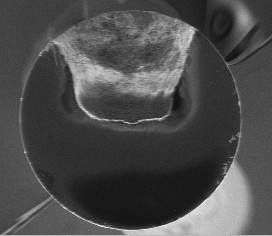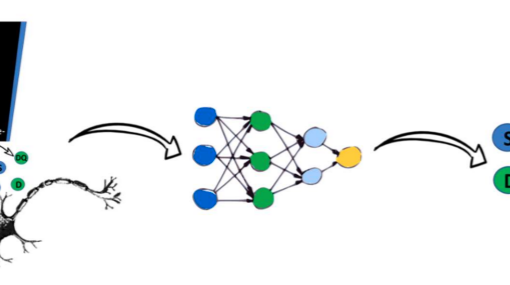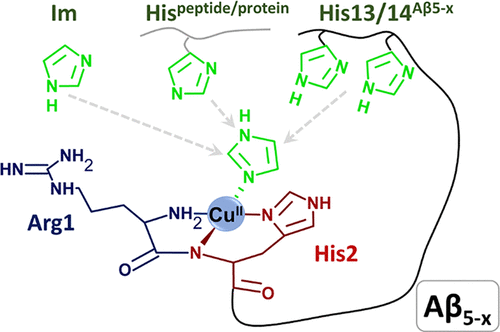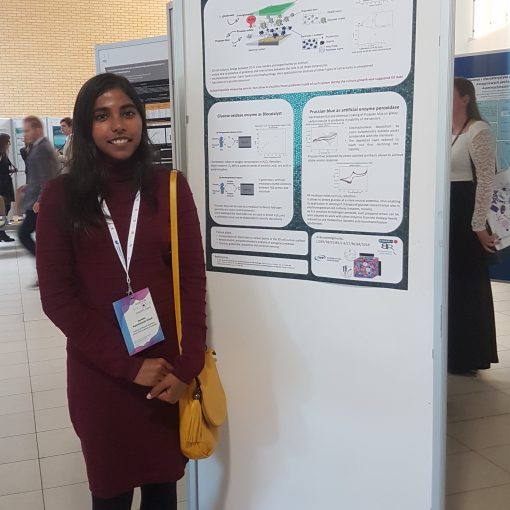
This is a bit of a late update, but in the end of last year when the National Science Centre announced the results of the latest application round, a consortium grant lead by Mateusz Śmietana from Warsaw University of Technology was approved. Martin is one of three members of that consortium, together with Marcin Koba from the National Institute of Telecommunication. The grant will start in a month or so, and in the summer we will be looking for two PhD-students, so anyone interested in electrochemistry/optics should watch this space.
The research is about doing electrochemistry in a novel type of super-sensitive interferometer, which consists of a small cavity drilled in an optical fibre. This cavity will be used as a cell for the electrochemistry.
The public pop-science version of the grant proposal can be read below.
Electrochemistry and interferometry
When the vintner is walking among the vines to determine if the grapes are sweet enough for an Auslese he (or she, as it might equally well be today) will pick a grape and squeeze out a few drops of juice into a monocular-like instrument, raise it to his eye and read the sugar content from a scale. The instrument is a refractometer and it measures the refractive index of the juice. This is a very practical demonstration of the fact that the chemical composition of a solution affects its various optical properties, such as obviously colour, polarisation, but also the refractive index. The refractive index is a measure of how fast light can travel through a material, and also, as the name indicates, how much light is refracted, or bent, when entering the material. In this case, sugar makes the light slow down. As can be imagined, not even light likes swimming through syrup.
However, a small handheld refractometer is not a very accurate instrument. For the vintner it doesn’t need to be, but for other applications a higher accuracy is needed. In a special kind of apparatus, called a Mach-Zehnder interferometer, a lightbeam is split into two parts that are sent along different paths towards a detector. When the beams meat again, they interfere. Since light can be described as a wave, if two wave-crests from the two beams meet, they will amplify each other, but if a crest meets a trough, the intensity will instead go down. If the refractive index in one of the paths changes ever so slightly, the pattern of crests and troughs will shift and we can observe that as a change in intensity. An interferometer is extremely sensitive to even minute changes in refractive index.
A novel type of Mach-Zehnder interferometer has been developed by researchers at Universite du Quebec en Outaouais in collaboration with Warsaw Univeristy of Technology. It consists of a cavity drilled into an optical fibre using a very fast and powerful laser. A part of the light in the fibre will be diverted into the cavity and meet with the light going through the glass. In this way the light will have two paths that are merging, very similar to a normal Mach-Zehnder interferometer.
If we were to fill the cavity with liquid, we should be able to detect very small differences in composition of the liquid. The cavity in this case is very small, with roughly the same diameter as a human hair and about the same depth. If we imagine this tiny vessel as cell for performing chemical reactions, we can follow the change of the optical signal which will inform us about the progress of the reaction inside the cavity.
In this case the reactions that will take place inside the cavity will be electrochemical reactions. Electrochemistry is the science of how electric charge is transferred during chemical reactions. These are the kind of reactions that happen inside batteries and fuel cells, but they are also often used as sensors to detect specific molecules, since the signal can immediately be read as an electric current. However, the inverse is also true – by supplying a current, we can force a certain electrochemical reaction to happen, at the exact moment that we want. This will be used for starting reactions at a precise moment, and monitor what is happening with the optical signal.
At first we will use well-known electrochemical reactions to investigate how such an electrochemical Mach-Zehnder system functions. This is the first time anyone has tried to perform such reactions inside this kind of micro-interferometer. Later, when the interferometer has been properly investigated and we know how it is working together with electrochemistry we will use the system as a sensor for molecules that are hard to detect using only optics or only electrochemistry separately, but where the combined result will be more accurate the parts.




